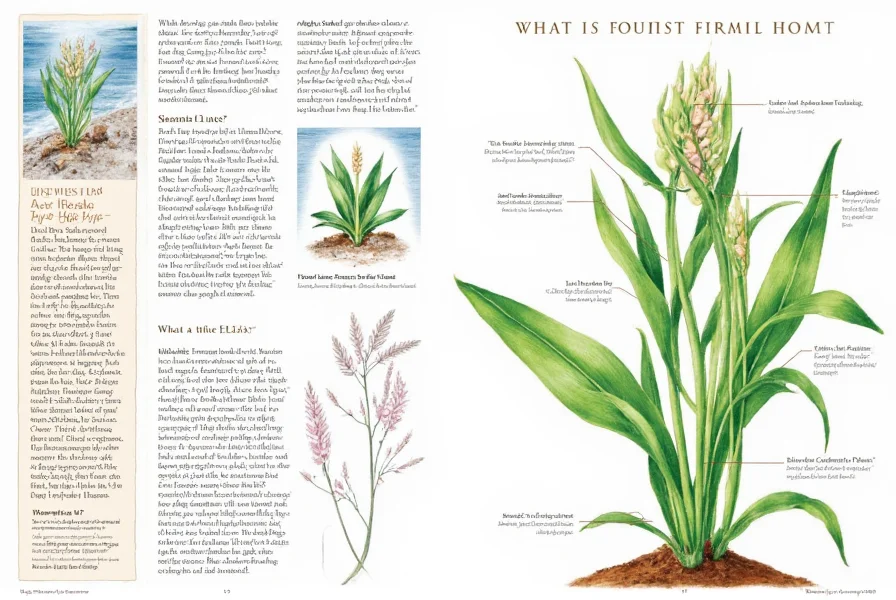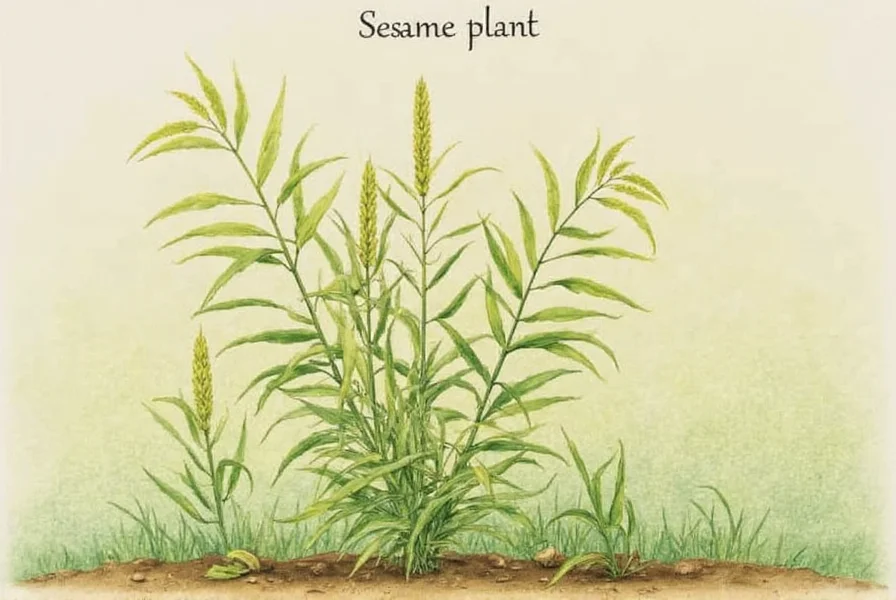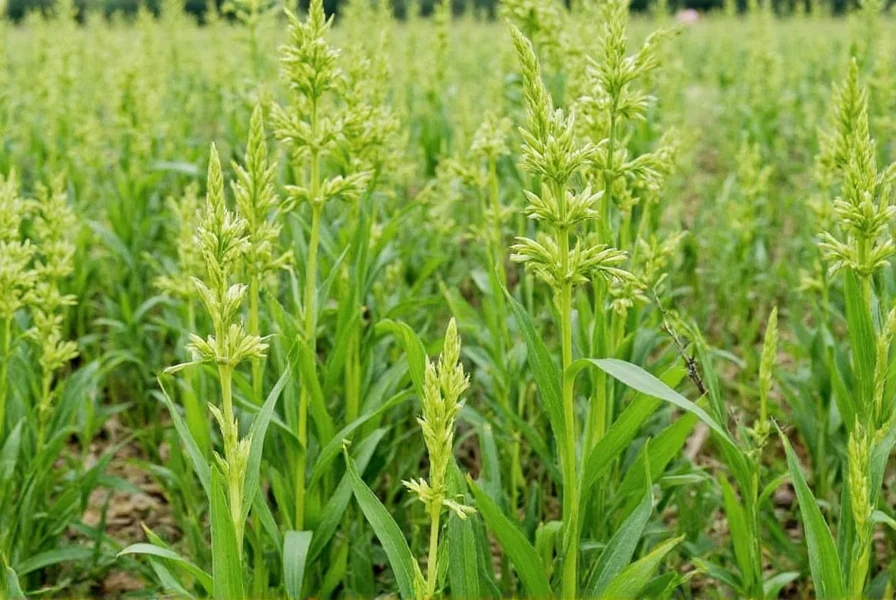The sesame plant represents one of humanity's oldest oilseed crops, with archaeological evidence dating its cultivation to 3500-3050 BCE. Understanding what is a sesame plant requires examining its botanical characteristics, growth patterns, and agricultural significance across different cultures.
Botanical Classification and Scientific Background
Sesame (Sesamum indicum L.) belongs to the Pedaliaceae family, which includes approximately 60 species of sesame. While often called sesamum indicum, modern research suggests its origins lie in Africa rather than India, despite the scientific name. The plant is an annual herb that completes its life cycle within one growing season.
Genetically, sesame plants have 26 chromosomes (2n=26) and demonstrate remarkable adaptability to various soil conditions. When exploring what is a sesame plant from a taxonomic perspective, it's important to note that wild relatives of cultivated sesame still grow across Africa, providing valuable genetic resources for breeding programs.
Physical Characteristics of Sesame Plants
Sesame plants typically reach heights between 50-100 cm (20-39 inches), though some varieties can grow up to 1.5 meters under optimal conditions. The stems are square in cross-section and become woody as the plant matures. Understanding how does a sesame plant look involves recognizing these distinctive features:
- Leaves: Broad, ovate to lanceolate leaves arranged oppositely on the lower stem and alternately higher up
- Flowers: Trumpet-shaped, typically white, pink, pale violet, or yellow, measuring 3-5 cm in length
- Seed pods: Four-lobed capsules that split open when ripe (dehiscent), revealing the tiny seeds
- Seeds: Extremely small (3-4 mm), oval-shaped, with colors ranging from ivory to deep brown depending on variety

Growth Requirements and Cultivation Practices
Sesame demonstrates impressive drought tolerance once established, making it suitable for arid and semi-arid regions. The ideal sesame plant growth requirements include:
| Factor | Optimal Conditions | Tolerance Range |
|---|---|---|
| Temperature | 24-30°C (75-86°F) | 15-40°C (59-104°F) |
| Frost | None | Cannot survive frost |
| Soil Type | Well-drained loam | Adaptable to sandy to clay soils |
| pH Range | 5.5-7.5 | 5.0-8.0 |
| Water Needs | Moderate during establishment | High drought tolerance when mature |
The sesame plant life cycle typically spans 90-150 days from planting to harvest, depending on variety and growing conditions. Germination occurs within 3-5 days under warm conditions. Flowering begins approximately 45-60 days after planting, with seed pods maturing sequentially from the bottom of the plant upward.
Global Distribution and Major Production Areas
While sesame likely originated in sub-Saharan Africa, it now grows across tropical, subtropical, and southern temperate regions. The where does sesame grow question reveals a global distribution pattern:
- Africa: Sudan, Ethiopia, Nigeria, and Tanzania lead production on the continent
- Asia: India, Myanmar, China, and Pakistan account for over 60% of global production
- Americas: Mexico, Guatemala, and the United States (primarily Texas) cultivate sesame commercially
- Other regions: Sesame grows in limited quantities across Australia, Turkey, and Greece
India remains the world's largest producer and consumer of sesame seeds, with the states of Rajasthan, Gujarat, and Madhya Pradesh contributing significantly to national output. Understanding the sesame plant geographical distribution helps explain regional variations in seed color, oil content, and culinary applications.
Historical Significance and Cultural Importance
The historical journey of sesame reveals why what is a sesame plant matters beyond botany. Ancient Egyptians used sesame oil in mummification processes, while Babylonian records mention sesame as early as 2100 BCE. The phrase "open sesame" from Arabian Nights folklore references the plant's distinctive seed pods that burst open when ripe.
In traditional medicine systems across Asia and Africa, sesame has been used for centuries to treat various ailments. Ayurvedic medicine employs sesame oil for massage therapy (abhyanga), while Traditional Chinese Medicine values sesame seeds for their purported kidney-nourishing properties.
Modern Agricultural Practices and Harvesting
Commercial sesame farming faces challenges due to the plant's tendency for uneven ripening and pod shattering. Modern sesame seed production techniques include:
- Using dehiscence-resistant varieties that retain seeds in pods longer
- Implementing precision irrigation during flowering and pod development
- Employing mechanical harvesters designed specifically for sesame
- Timing harvest when approximately 75% of pods have turned brown
After harvesting, sesame seeds undergo cleaning, drying, and sometimes hulling processes before reaching consumers. The oil extraction process typically involves either cold-pressing for premium oils or solvent extraction for industrial applications.
Nutritional Profile and Culinary Applications
Sesame seeds contain approximately 50-60% oil and 20% protein, making them nutritionally dense. A single ounce (28g) provides:
- 160 calories
- 14g fat (primarily heart-healthy monounsaturated and polyunsaturated fats)
- 5g protein
- 3.3g fiber
- Significant amounts of calcium, iron, magnesium, and B vitamins

Culinary uses vary globally: East Asian cuisines feature toasted sesame oil as a flavor enhancer, Middle Eastern cooking relies on tahini (sesame paste) for dishes like hummus, and Indian cuisine incorporates whole seeds into breads and sweets. Understanding sesame plant uses reveals its versatility across food cultures.
Interesting Facts About Sesame Plants
Several unique characteristics distinguish sesame from other oilseed crops:
- Sesame seeds contain sesamol and sesamin, natural antioxidants that contribute to the oil's exceptional shelf stability
- The plant demonstrates allelopathic properties, meaning it releases chemicals that inhibit weed growth
- Sesame flowers open for only one day, typically in the early morning
- "Goma" is the Japanese word for sesame, reflecting its importance in Asian cuisine
- Sesame ranks among the nine most common food allergens in many countries
Conclusion
Understanding what is a sesame plant involves recognizing its botanical characteristics, historical significance, and agricultural importance. This ancient crop continues to play a vital role in global food systems, providing nutritious seeds and stable oil across diverse culinary traditions. As research continues into improving sesame varieties for modern farming challenges, this resilient plant maintains its position as one of humanity's most valuable oilseed crops.
Frequently Asked Questions
What does a sesame plant look like when it's growing?
A mature sesame plant grows 50-100 cm tall with square stems, opposite lower leaves, and alternate upper leaves. It produces trumpet-shaped flowers (white, pink, or violet) followed by distinctive four-lobed seed pods that stand vertically along the stem. The pods turn brown when ripe and naturally split open to release the tiny seeds.
How long does it take for a sesame plant to grow from seed to harvest?
Sesame plants typically require 90-150 days from planting to harvest, depending on variety and growing conditions. Germination occurs in 3-5 days, flowering begins around 45-60 days after planting, and seed pods mature sequentially from the bottom of the plant upward over the following weeks.
Can you grow sesame plants in a home garden?
Yes, sesame plants can be grown in home gardens in warm climates with at least 120 frost-free days. They require full sun, well-drained soil, and minimal watering once established. Start seeds indoors 4-6 weeks before the last frost or direct sow after soil temperatures reach 70°F (21°C). Space plants 12-18 inches apart in rows 24-36 inches apart.
Why do sesame seed pods burst open when ripe?
Sesame seed pods naturally dehisce (split open) when ripe as an evolutionary adaptation for seed dispersal. This characteristic, while problematic for mechanical harvesting, allows seeds to scatter when mature. Modern agricultural varieties have been bred for reduced dehiscence to minimize harvest losses.
What's the difference between white and black sesame seeds?
White sesame seeds have had their outer hull removed, revealing the ivory-colored seed inside, while black sesame seeds retain their dark hull. Black sesame seeds generally contain more calcium and antioxidants, while hulled white seeds have higher fat content. Black seeds are common in East Asian cuisine, while white seeds dominate Middle Eastern and Indian cooking.











 浙公网安备
33010002000092号
浙公网安备
33010002000092号 浙B2-20120091-4
浙B2-20120091-4